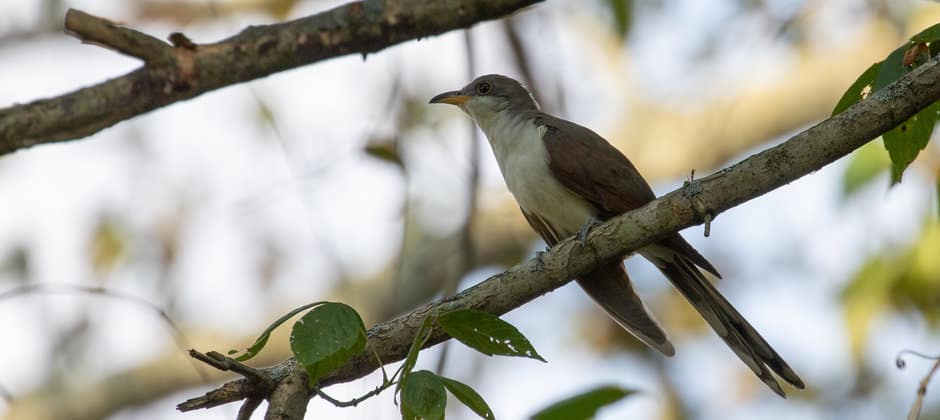Share this article
USFWS revises critical habitat proposals for garters, cuckoo
Critical habitat designations that would reduce the critical habitat for two species of garter snakes in the southwestern United States are moving forward — seven years after being originally proposed.
The U.S. Fish and Wildlife Service re-issued proposed critical habitat designation for the northern Mexican gartersnake (Thamnophis eques megalops) and the narrow-headed gartersnake (Thamnophis rufipunctatus). Critical habitat for both species, which are found in New Mexico and Arizona and are listed as threatened under the Endangered Species Act, was first proposed in 2013, but was never finalized.
The new proposal substantially reduces the amount of critical habitat for both species as compared to the 2013 proposal — a 93% reduction (421,423 acres to 27,784 acres) for the northern Mexican gartersnake and a 91% reduction (210,189 acres to 18,701 acres) for the narrow-headed gartersnake.
In the new proposal, the U.S. Fish and Wildlife Service argues that the public comment period in 2013 and a separate peer review of the original proposal, “found that there was substantial scientific disagreement in the criteria we used to define what areas were occupied at the time of listing for each species, and the criteria we used to identify the lateral extent of critical habitat boundaries.” The USFWS also received additional geographic information on the species’ locations and habitat needs — all of which contributed to the agency’s revised proposal that reduces the extent of critical habitat for both species.
Both northern Mexican and narrow-headed gartersnake populations have declined significantly over the past 50 years, with accelerating declines in the 20 years before listing, mostly due to predation by nonnative species such as warm-water sportfish, brown trout, bullfrogs and crayfish. When they were listed under the ESA in 2014, the Service noted that both species could be affected by the proposed Rosemont open-pit mine in Arizona. Two years later, the agency determined that there was a reasonable certainty that the mine would result in incidental take, but decided mitigation measures could offset the possible harm.
In 2018, the Center for Biological Diversity challenged that decision, and earlier this year, a federal court agreed, requiring the Service to issue a new biological opinion. The mine is not specifically mentioned in the new critical habitat proposals.
Public comments are due on both critical habitat designations by June 29.
The public comment period closed last week on another critical habitat proposal for the western distinct population segment of the yellow-billed cuckoo (Coccyzus americanus). The recent proposal would reduce the 2014 critical habitat proposal of 546,335 acres by about 9%. Proposed critical habitat includes parts of Arizona, California, Colorado, Idaho, New Mexico, Texas and Utah. The previous proposal also included areas in Nevada and Wyoming; these were dropped from the current proposal because the agency believes sufficient areas in other states are included, and because the areas in Nevada and Wyoming do not meet their conservation strategy.
The USFWS identifies the yellow-billed cuckoo as another species potentially impacted by the Rosemont mine in Arizona
Header Image: The U.S. Fish and Wildlife Service recently proposed critical habitat for the threatened yellow-billed cuckoo. ©Shawn Taylor








